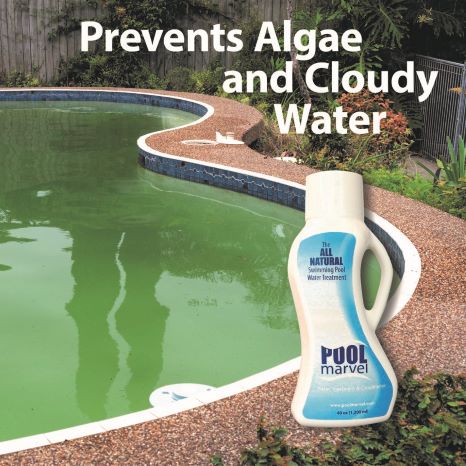
Maintaining Proper Water Circulation
Your swimming pool water circulation system is comprised of several parts – the skimmer; main drain; pump; filter; return jets; and chlorinator, ozonator, or heater (if applicable). Working together, the system intercepts any debris not caught by the skimmer baskets before returning the water to the pool.
Maintaining proper water circulation in your swimming pool is necessary to keep your pool water clean and healthy.
What Is A Pool Circulation System?
A pool circulation system consists of five major parts:
1. Skimmer
2. Main Drain
3. Pump
4. Filter
5. Return Jets
6. Chlorinator, Ozonator, and/or Heating Systems (if applicable)
The pool water circulates mechanically throughout the entire circulation system. Circulation begins in the pool’s pump, which must be sized correctly for the size of the swimming pool.
The pool water exits the pool through the pump’s skimmer, which is connected to the pump. The filter removes any dirt and debris that has flowed through the pump.
After the water is cleaned (and processed by the chlorinator, ozonator, and/or heater, if applicable), it returns to the swimming pool via the pool jets. The clean water will circulate through the pool while dispersing any sanitizer and other chemicals added.
Why Is Proper Circulation Important?
Without circulation, your pool will become a breeding ground for algae and bacteria. Both are more likely to populate in stagnant water and cause cloudy water and unhealthy swimming conditions.
When there isn’t proper circulation, many more chemicals are necessary to disinfect the pool water. The highly chlorinated water can cause skin irritation and create a strong smell for swimmers.
The water is also no longer disinfected properly since chemicals aren’t evenly distributed throughout the pool water. This can inadvertently expose swimmers to potentially dangerous waterborne pathogens like E. coli and norovirus.
When there’s proper pool circulation, every bit of water in your swimming pool gets circulated by your pump throughout your greater pool circulation system, helping keep your pool clean and safe for swimming.
Pool Circulation Problems
When the water’s not circulating correctly, check the following three areas:
Skimmer Baskets and Pump Pot
If the skimmer baskets and pump pots are full of leaves, twigs, and other debris, water is not flowing through them properly into the pool pump.
Skimmer Weir Door
If the skimmer weir door is stuck, the water is prevented from circulating properly. Remove any small toys or debris that may be holding it open.
Filter Pressure
Low filter pressure can indicate that there’s debris clogging the impeller, leading to the need for a filter cleaning or backwashing.
How To Improve Pool Water Circulation
1. Point Pool Jets in a Specific Pattern
To improve pool water circulation, direct your pool jets slightly downward and in the same direction and away from the skimmers. This creates a spin effect that helps push water toward the skimmer and from the pool’s bottom.
2. Properly Clean Your Pool
Clean the filter weekly to avoid clogging, which can affect water circulation. The pump should also be cleaned regularly.
When you’re done swimming, take any toys and accessories out of the water. Otherwise, toys can block the skimmer, become stuck in the ladder, and affect proper water circulation.
3. Review Your Pool Filter Settings
Pressure Gauge
Check the filter’s pressure gauge to determine the current pressure reading. If this reading is 8-10 PSI higher than the gauge’s clean or starting pressure, then the filter should be cleaned to reduce pressure. Backwash the filter (ensuring the backwashed water is sent to the drainage port) and replace the media inside the pool filter if necessary.
Turnover Rate
The turnover rate is the time it takes for the pump and filter system to circulate your pool water. The recommended pool turnover rate for most pools is eight to ten hours daily to circulate all your pool’s water.
Calculate your turnover rate by dividing the gallons in your pool by the gallons per minute rate calculated by your flow meter. You can also use this pool turnover rate calculator.
4. Maintain Proper Water Level
Review your pool water levels often. At a minimum, keep your pool water at the halfway mark of the skimmer. Ideally, the water should be at the two-thirds level.
The pump will run dry if water is below the skimmer, causing expensive repairs.
5. Purchase Quality Equipment
Increasing pool circulation is also possible by investing in quality pool equipment.
The size and type of pool pump you have will play a significant role in maintaining a proper swimming pool water circulation system. Choose a variable-speed pump that offers constant circulation, adequate turnover, and low energy consumption. Ensure the pump is sized appropriately to your pool volume.


